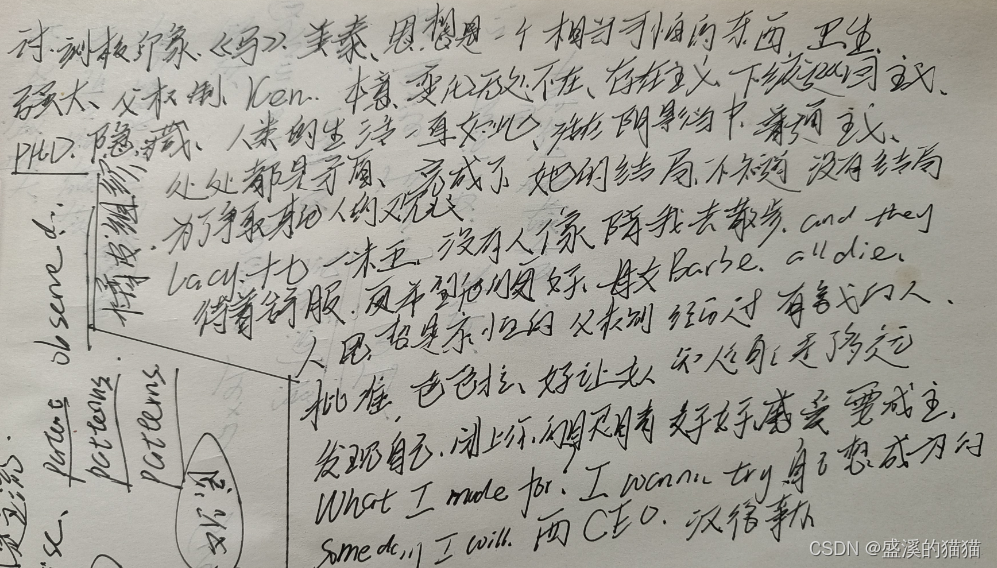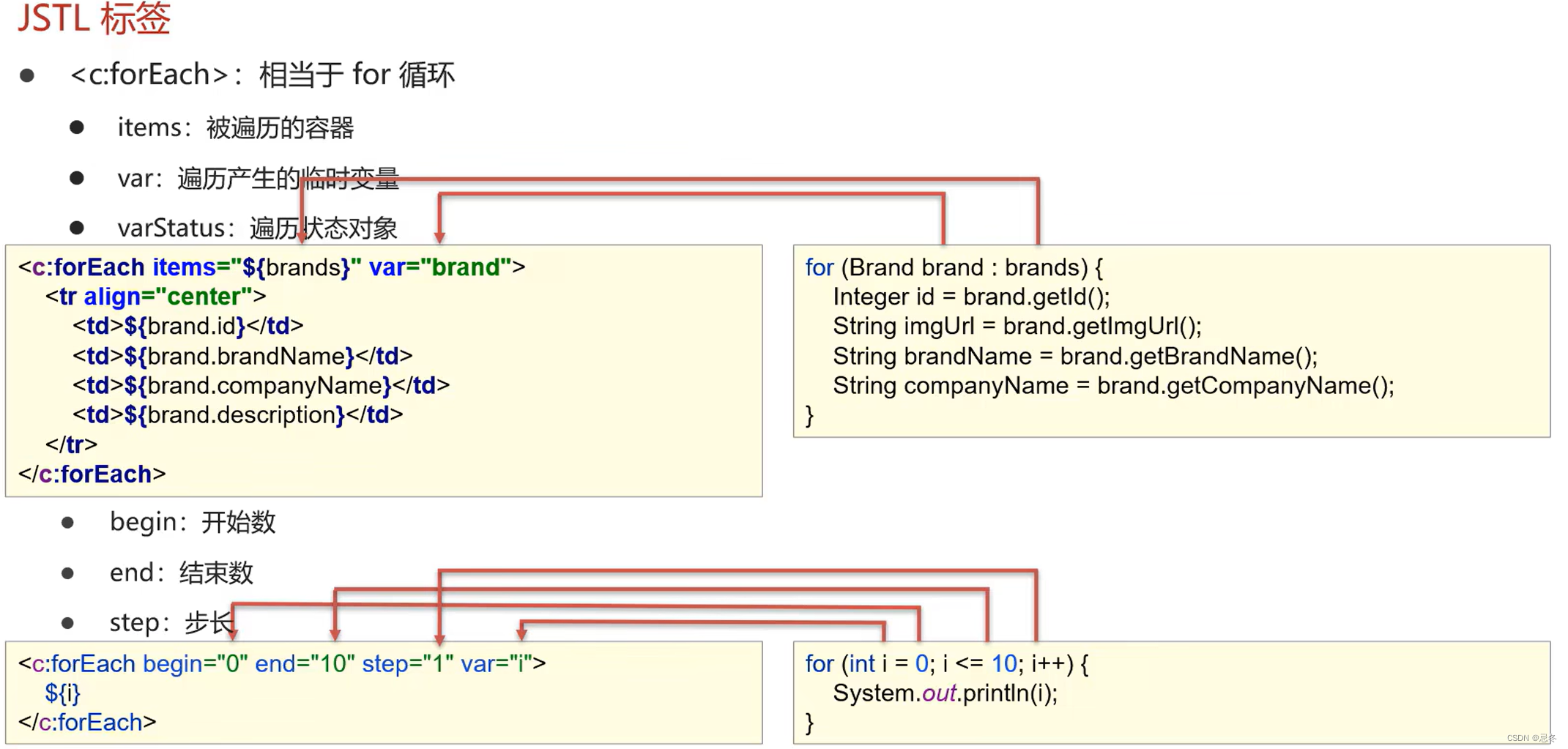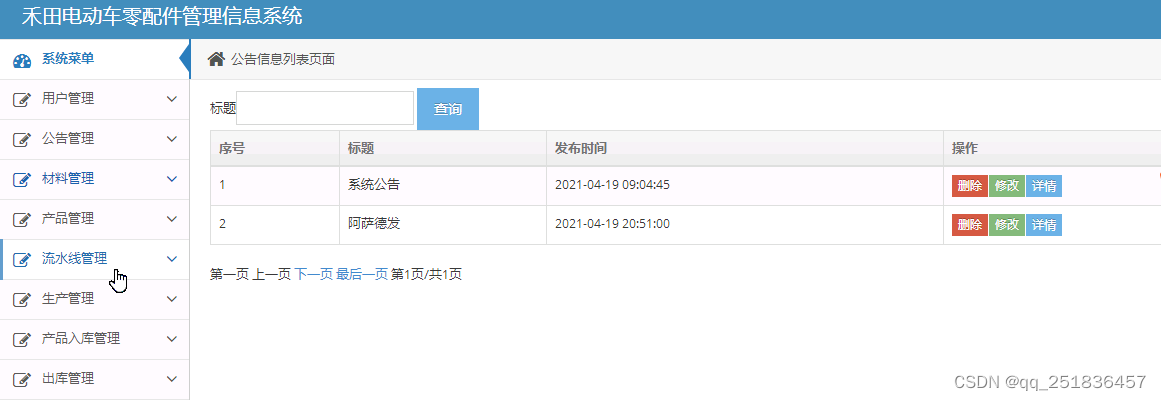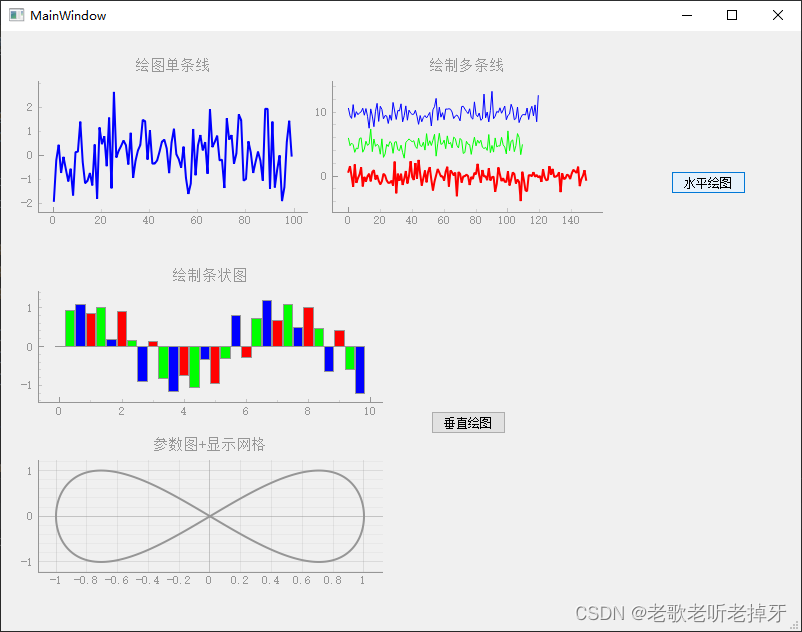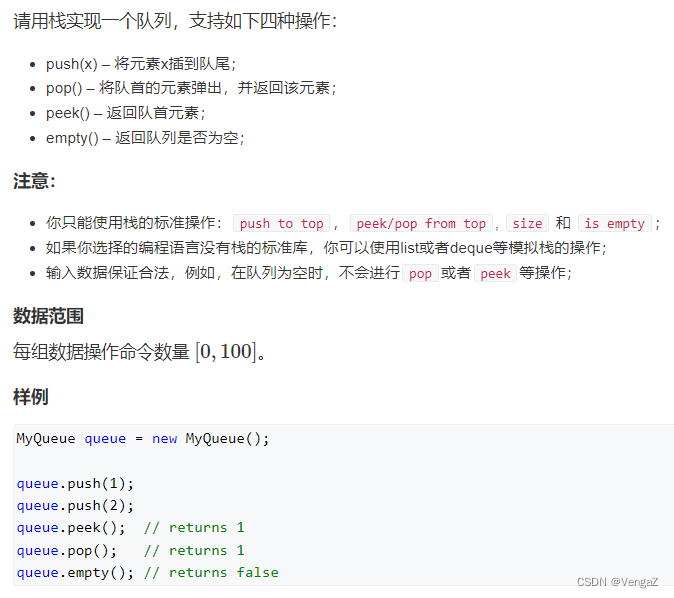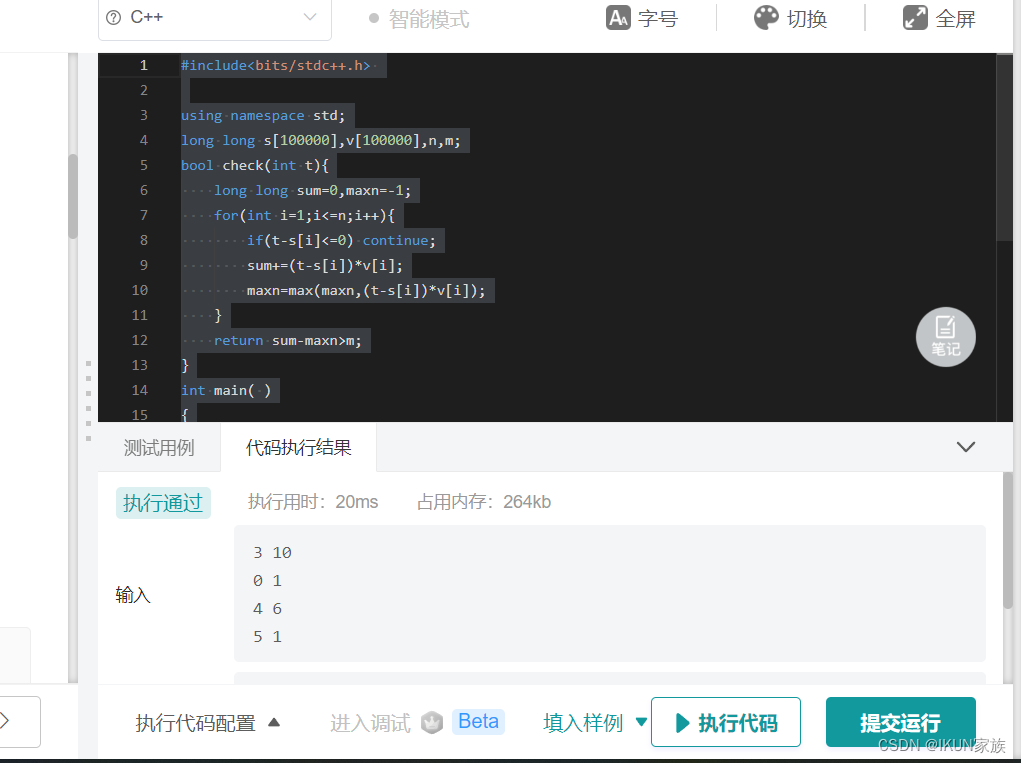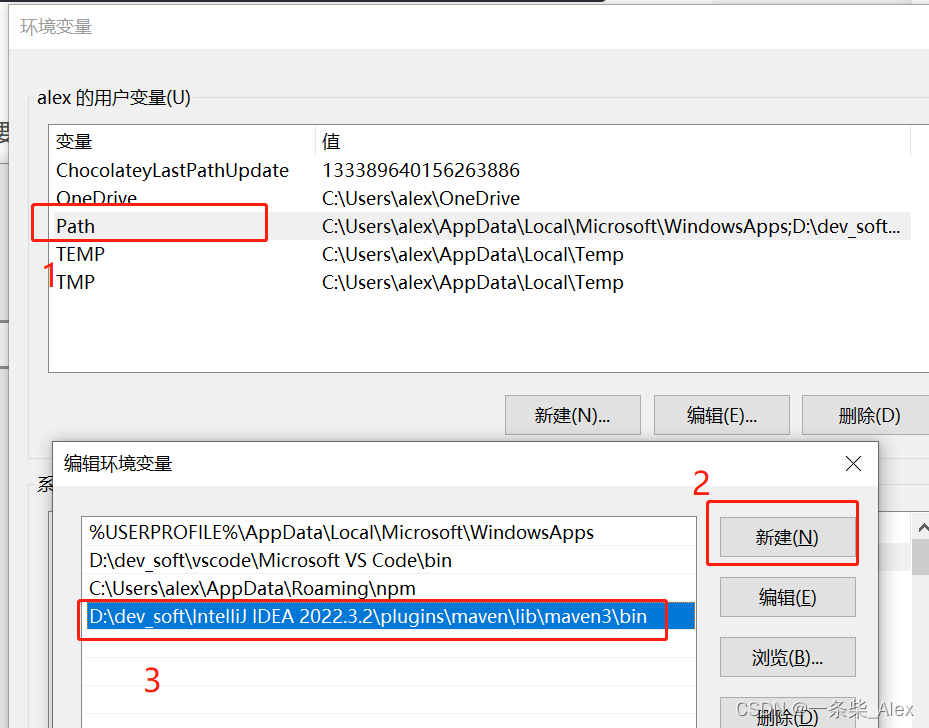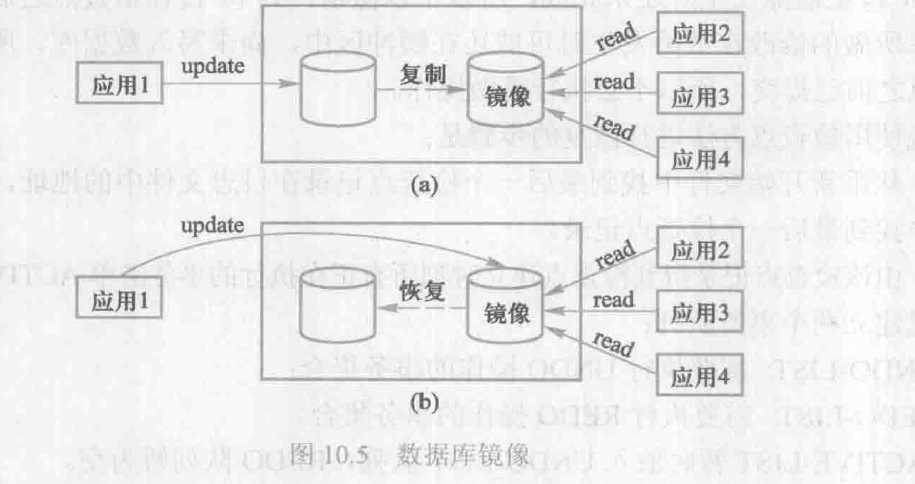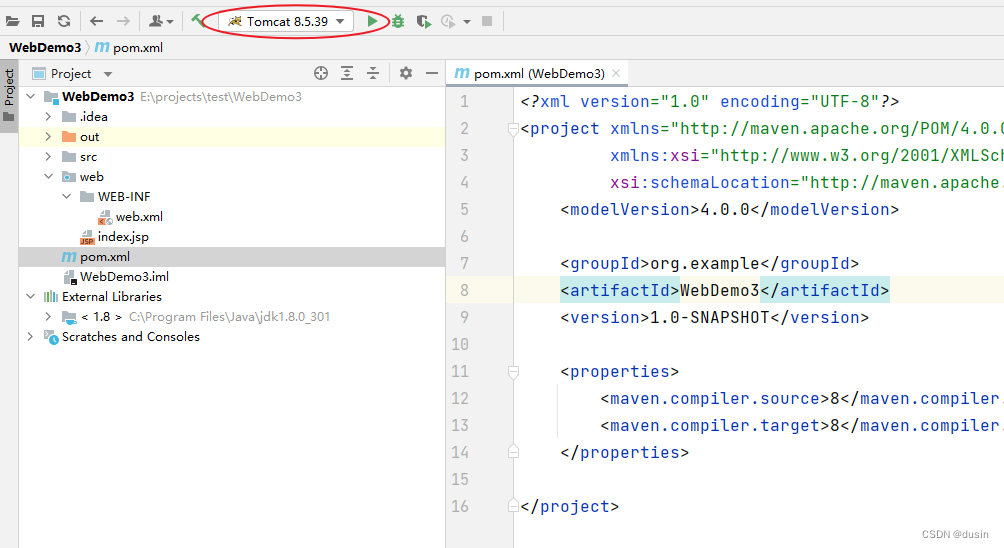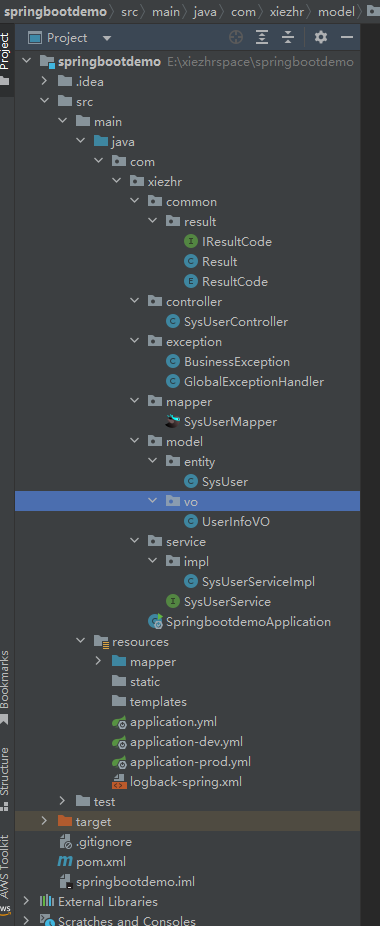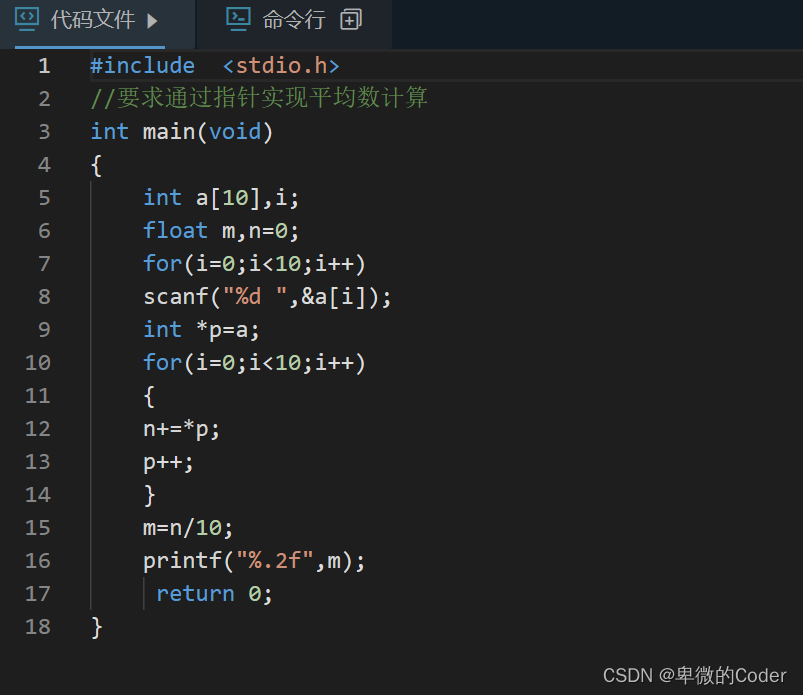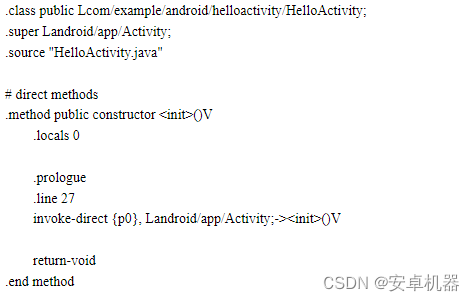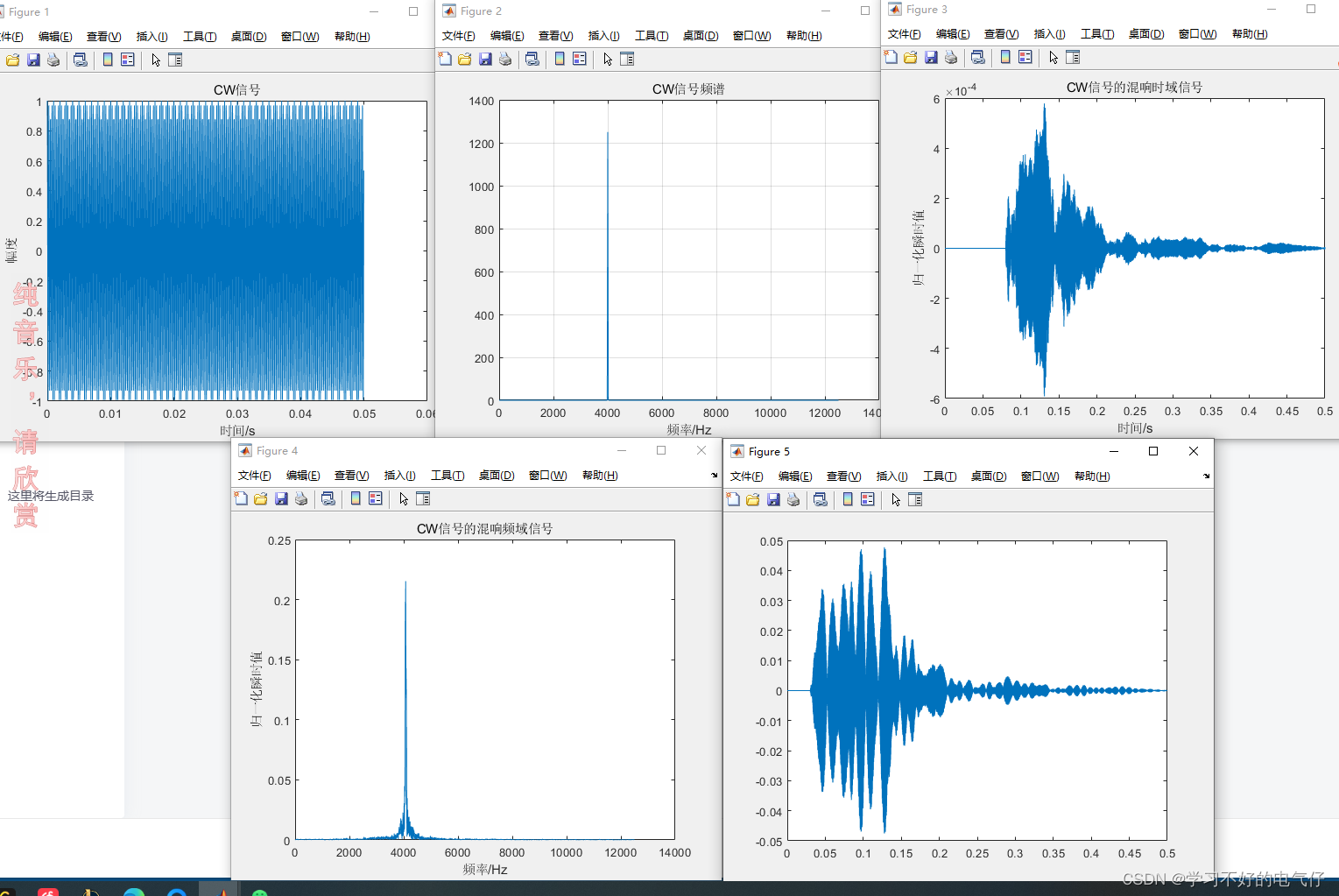CountDownLatch方法调用与类关系图
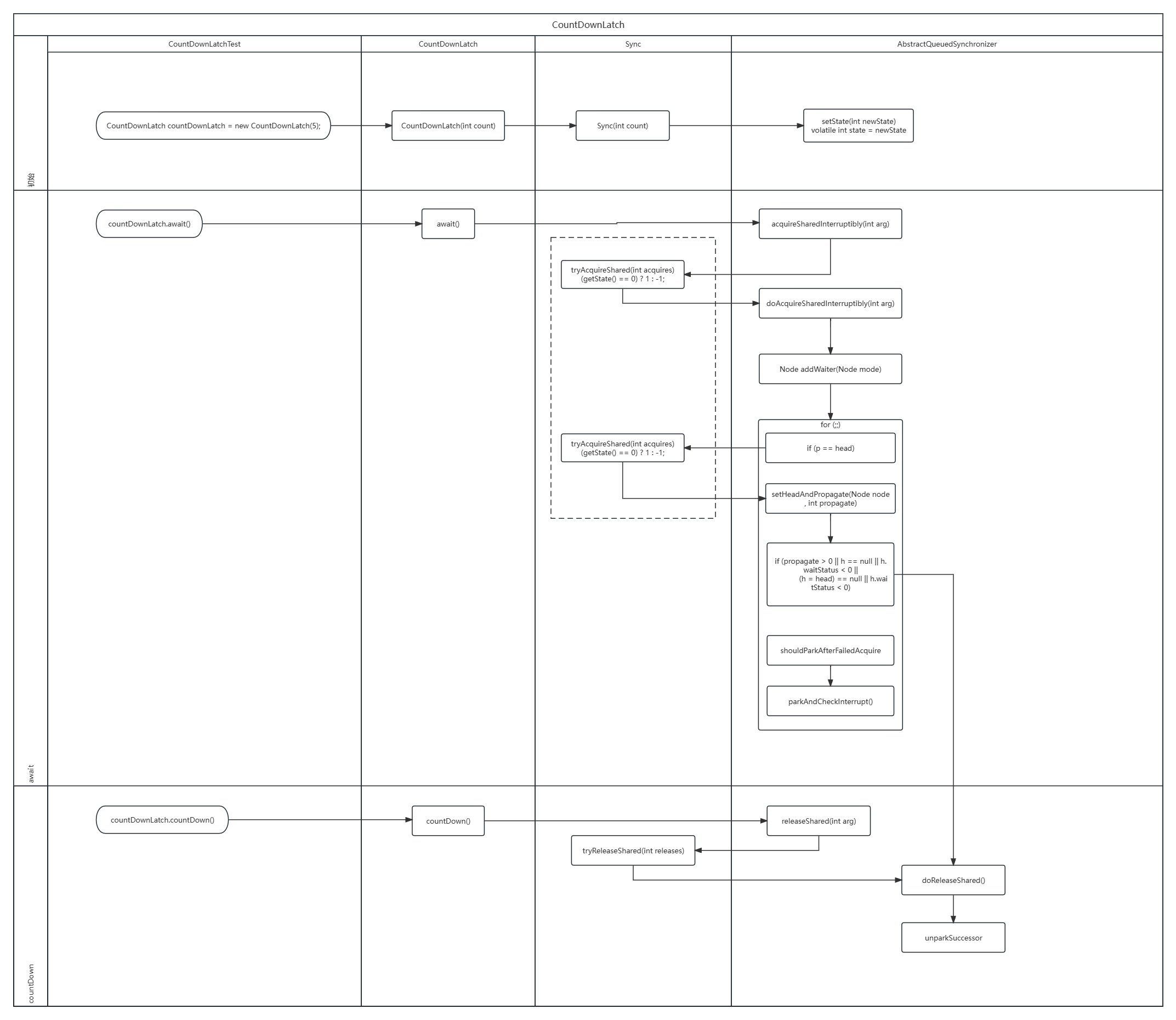
一、初始化:public CountDownLatch(int count)
public CountDownLatch(int count) {
if (count < 0) throw new IllegalArgumentException("count < 0");
this.sync = new Sync(count);
}
Sync(int count) {
// 将参数**count**值赋值给AQS类中**private volatile int state**变量
setState(count);
}
二、获取共享锁并将当前线程挂起(获取到共享锁时不挂起):public void await()
public void await() throws InterruptedException {
// 此处获取可中断的共享锁
sync.acquireSharedInterruptibly(1);
}
public final void acquireSharedInterruptibly(int arg)
throws InterruptedException {
// 如果线程已被中断,则抛出中断异常
if (Thread.interrupted())
throw new InterruptedException();
// 尝试获取共享锁,此钩子方法在java.util.concurrent.CountDownLatch.Sync类中实现
if (tryAcquireShared(arg) < 0)
// 未获取到共享锁,则执行doAcquireSharedInterruptibly方法
doAcquireSharedInterruptibly(arg);
}
protected int tryAcquireShared(int acquires) {
// 当初始化时设置的state属性值为0(countDown方法中修改此值)时才认为可以直接获取到锁
return (getState() == 0) ? 1 : -1;
}
private void doAcquireSharedInterruptibly(int arg)
throws InterruptedException {
// 添加一个共享节点到同步队列,此共享节点有以下特征
// 1、该节点为同步队列尾节点
// 2、该节点中封装了当前线程信息
// 3、该节点此时属性waitStatus赋值为0
final Node node = addWaiter(Node.SHARED);
boolean failed = true;
try {
for (;;) {
final Node p = node.predecessor();
// 如果当前线程为第一次获取锁,则node节点时同步队列中第二个元素,因此p == head
// 如果当前线程刚被唤醒,则node节点时同步队列中第二个元素,因此p == head
if (p == head) {
// 再次尝试获取共享锁
int r = tryAcquireShared(arg);
// 当所有多线程都完成任务,调用countDown方法将state属性值设置为0时,r值为1
// 当一部分线程完成任务,调用countDown方法后state属性值不为0,r值为-1
if (r >= 0) {
// 将当前节点node设置为同步队列头节点,并传播
setHeadAndPropagate(node, r);
// 将前头节点head从当前前node上移除(上面已将前头节点head从当前前node上移除,此时前头节点完全从同步队列上移除)
p.next = null; // help GC
// 完成线程唤醒,failed 重新赋值false,不会在此方法最后执行cancelAcquire(node);
failed = false;
return;
}
}
// 如果同步队列中node前面还有其他等待节点,则将node节点中属性waitStatus赋值为-1,此时返回false,不会将该线程挂起
// shouldParkAfterFailedAcquirenode一般执行两遍,那么很有可能第二遍的时候,发现自己的前驱突然变成head了并且获取共享锁成功,又或者本来第一遍的前驱就是head但第二遍获取共享锁成功了
if (shouldParkAfterFailedAcquire(p, node) &&
// 执行完前一个判断后再循环一次,如果同步队列中node前面还有其他等待节点,则挂起该线程
// 线程调用两次shouldParkAfterFailedAcquire,和一次parkAndCheckInterrupt后,便阻塞了。之后就只能等待别人unpark自己了
parkAndCheckInterrupt())
throw new InterruptedException();
}
} finally {
// 线程被中断,抛出异常,此时failed为初始值true,取消获取锁
if (failed)
cancelAcquire(node);
}
}
private Node addWaiter(Node mode) {
// 添加一个共享节点到同步队列
Node node = new Node(Thread.currentThread(), mode);
// Try the fast path of enq; backup to full enq on failure
Node pred = tail;
if (pred != null) {
// 尾节点不为空,将尾节点设置为node前节点
node.prev = pred;
// 将node节点设置为尾节点
if (compareAndSetTail(pred, node)) {
// 设置成功,则将node设置为前尾节点的后继节点
pred.next = node;
return node;
}
}
enq(node);
return node;
}
private Node enq(final Node node) {
for (;;) {
Node t = tail;
if (t == null) { // Must initialize
// 尾节点为null,头节点肯定也为空,此时使用空节点重置头节点
if (compareAndSetHead(new Node()))
// 尾节点和头节点指向同一个节点
tail = head;
} else {
// 将尾节点设置为node前节点
node.prev = t;
// 将node节点设置为尾节点
if (compareAndSetTail(t, node)) {
// 设置成功,则将node设置为前尾节点的后继节点
t.next = node;
return t;
}
}
}
}
AQS深入理解 setHeadAndPropagate源码分析 JDK8
private void setHeadAndPropagate(Node node, int propagate) {
Node h = head; // Record old head for check below
// h保存了旧的head,但现在head已经变成node了
setHead(node);
// 如果同时有两个线程进入方法【doReleaseShared】,同时执行到【compareAndSetWaitStatus(h, Node.SIGNAL, 0)】
// 其中只有一个执行unparkSuccessor,两一个将head节点waitStatus值修改为了-3,然后退出,此种情况在当前判断中传播唤醒下一节点
// TODO
if (propagate > 0 || h == null || h.waitStatus < 0 ||
(h = head) == null || h.waitStatus < 0) {
Node s = node.next;
if (s == null || s.isShared())
doReleaseShared();
}
}
private void setHead(Node node) {
// 将当前节点设置为头节点head
head = node;
// 头节点中线程为空,因为头节点中的线程已经被唤醒且执行完,使用空头节点存储待唤醒节点的状态
node.thread = null;
// 将前头节点从当前节点上移除
node.prev = null;
}
private void doReleaseShared() {
for (;;) {
Node h = head;
// 同步队列中存在待唤醒的线程
// h != null: 头节点为空节点
// h != tail:同步队列刚初始化,还没有待唤醒的线程
if (h != null && h != tail) {
int ws = h.waitStatus;
// head节点的后继节点待唤醒
if (ws == Node.SIGNAL) {
// CAS修改头节点waitStatus值为0,修改失败再次循环 ——①
if (!compareAndSetWaitStatus(h, Node.SIGNAL, 0))
continue; // loop to recheck cases
// 修改成功,唤醒后继节点
unparkSuccessor(h);
}
// 若①处执行成功后线程被打断,此时ws为0,此时将修改头节点waitStatus值为-3
else if (ws == 0 &&
!compareAndSetWaitStatus(h, 0, Node.PROPAGATE))
continue; // loop on failed CAS
}
// 如果此时head节点已被修改,则可以继续唤醒下一个节点
// 如果此时head节点未被修改,则跳出循环
if (h == head) // loop if head changed
break;
}
}
private void unparkSuccessor(Node node) {
// TODO
int ws = node.waitStatus;
if (ws < 0)
compareAndSetWaitStatus(node, ws, 0);
Node s = node.next;
// 如果下一个节点不存在或下一个节点线程被中断(s.waitStatus == 1)
if (s == null || s.waitStatus > 0) {
s = null;
// 跳过该节点,从尾节点向前遍历
for (Node t = tail; t != null && t != node; t = t.prev)
// 找到不是node节点(头节点)的最前面一个待唤醒节点
if (t.waitStatus <= 0)
s = t;
}
if (s != null)
LockSupport.unpark(s.thread);
}
三、递减闩锁的计数:public void countDown()
public void countDown() {
sync.releaseShared(1);
}
public final boolean releaseShared(int arg) {
// 尝试释放共享锁
if (tryReleaseShared(arg)) {
// 尝试失败,释放共享锁(注解在上面)
doReleaseShared();
return true;
}
return false;
}
protected boolean tryReleaseShared(int releases) {
// Decrement count; signal when transition to zero
for (;;) {
int c = getState();
// state==0时门闩已打开,此时调用countDown无意义
if (c == 0)
return false;
// state!=0, state-1,CAS设置给state
int nextc = c-1;
if (compareAndSetState(c, nextc))
return nextc == 0;
}
}
